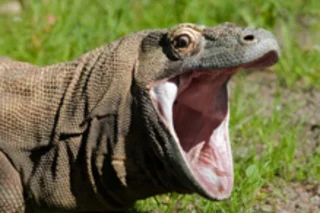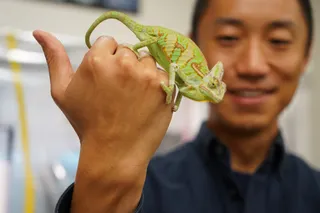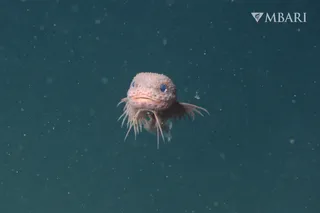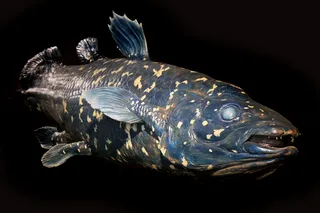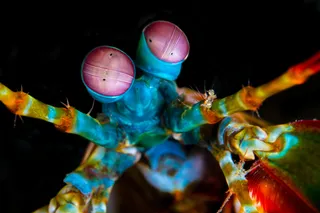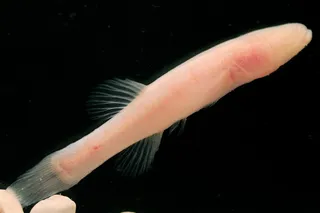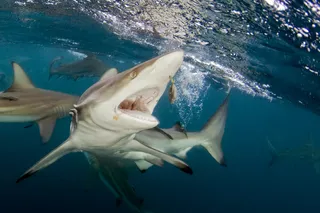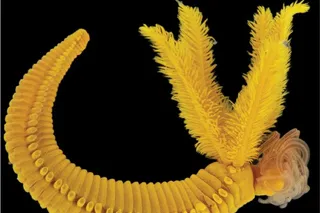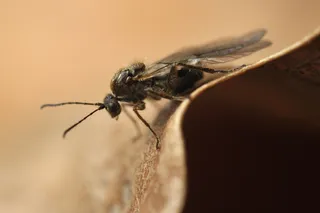Who’d have thunk the Puerto Rican forest could resemble a Gold’s Gym in Queens? According to researcher Terry Ord at the University of Chicago California, Davis, the forest-dwelling lizards in the region use large movements like “elaborate displays of push-ups” to nab other lizards’ attention.
Ord attached robot replicas of real lizards to trees in the forest, and programmed them to imitate the push-ups and head-bobbing displays of their real-life counterparts. His team then observed the reactions of around 300 flesh and blood lizards to the motorized fakes. The researchers found that the bellicose displays of physical prowess are used only when another lizard is far away or there’s not enough light to see clearly.
In the study, published in the Proceedings of the National Academy of Sciences, Ord and his co-author Judy Stamps claim their findings confirm a 30-year-old hypothesis that “free-living animals enhance the efficiency of long-range communication ...


